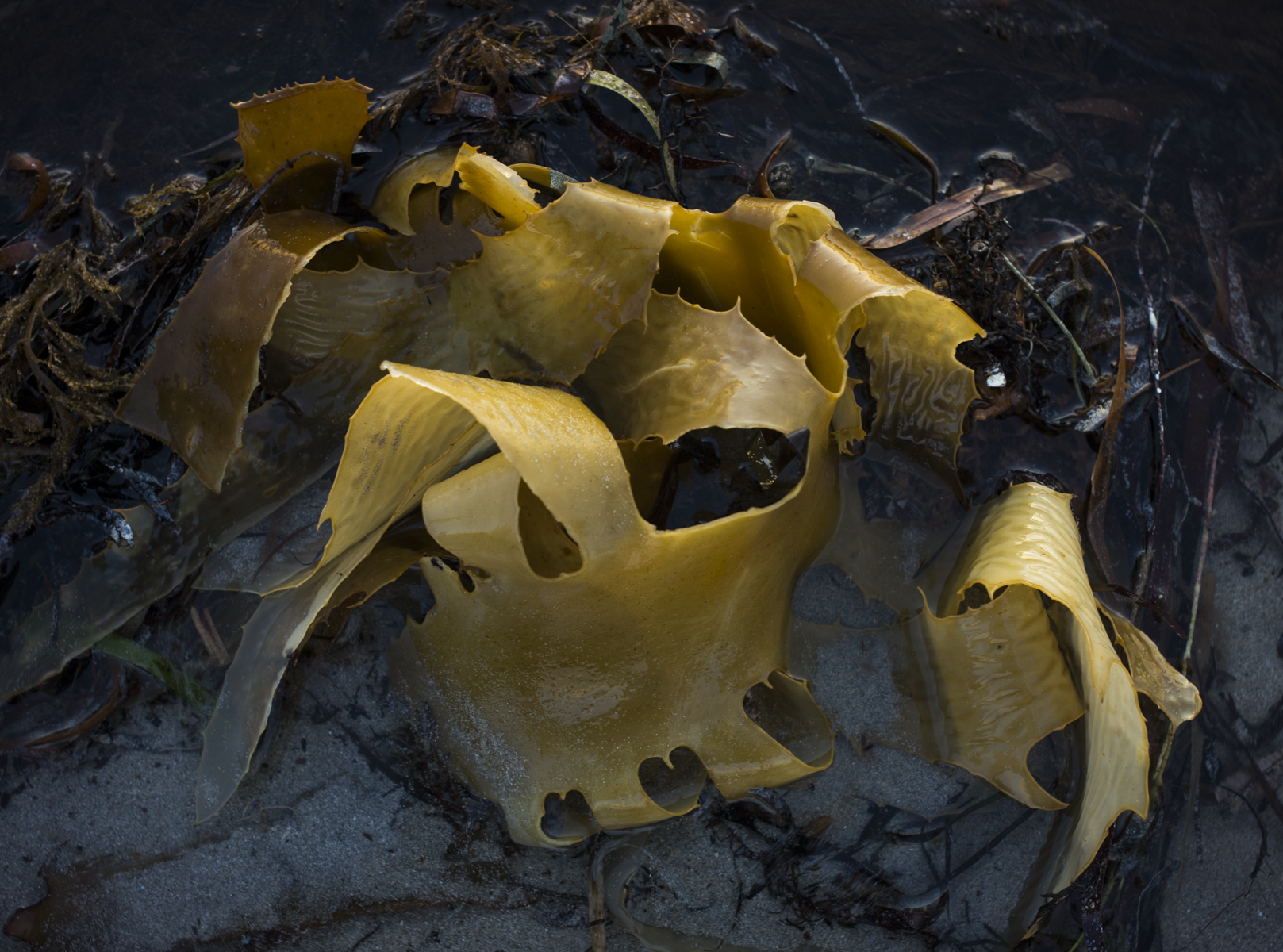Suzanne returned from Cuba and Mexico last week, and the dog walking has returned to normal, with each of us taking us taking turns in walking Ari separately and Kayla and Maleko together. Though the walking has has become easier, the weather has changed. The bright, sunny days that existed during the four weeks whilst Suzanne was overseas have gone, to be replaced by days of low rainfall and overcast conditions. However, there is still very little wind, even though we live on the southern coast.
The roadside vegetation photos that I had been scoping for a reshoot with my film cameras have yet to result in any reshooting. The problem has been the lack of early morning sunlight around 8am. I am waiting for some clear, sunny mornings to reappear.

There is a sense that these humble photos refer to inhabiting this place on the southern coast of the Fleurieu Peninsula in South Australia. How can this ‘inhabiting a place’ be unpacked?
It is quite the opposite of the postmodern experience of living in Australia, which Christopher Allen in his Art in Australia: From Colonization to Postmodernism has characterised postmodernism as a homelessness without angst. The postmodern condition in Australia, according to Allen, is that there is not a necessary sense of relation to place.
In stating this Allen briefly refers to Nietzsche, the poetizing philosopher of homelessness. Homelessness for Nietzsche refers to the age of nihilism understood as the continual corrosion of the highest vales hitherto. Allen reframes this as the end of the myths that emerged through Australian’s historically adapting to an alien environment. These myths were deconstructed by postmodern art. An existential homelessness emerges without these comforting myths: lacking direction, values and certainty we are confronted with oneself in a world of fluidity in which there is nothing to hold onto.

Unlike Nietzsche, however, Allen doesn’t make a distinction between active and passive nihilism. Nietzsche likens active nihilism to a hammer that is used to smash the old values and myths in order to pave the way for the creation of new values. Passive nihilism is a resignation towards a meaningless, value-less, and chaotic existence.
Allen doesn’t suggest how Australian artists engage with the postmodern experience of homelessness without angst other than articulate it; nor does he analyze whether Australian artists have explored a relation to place in the sense of being at home as a way of overcoming homelessness.
Such an approach could be called a poetics of homecoming— one in which humans come to dwell poetically on the earth. Photography, or art, as a poetics would be an exploration of the human powers to make (poiesis) a world in which we can poetically dwell. Homecoming refers to one’s domestic abode in a dwelling place, and it refers to a homecoming to where one already dwells, as opposed to the (modernist) artist hero leaving his/her native land venturing overseas to the art centres in New York (the unknown) then returning back to Australia.

